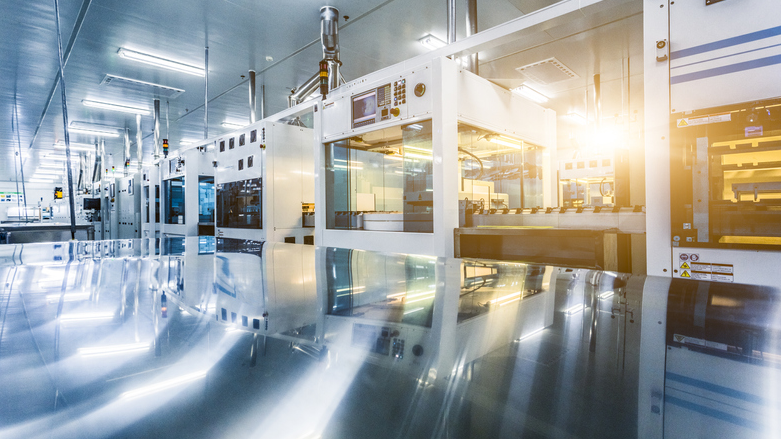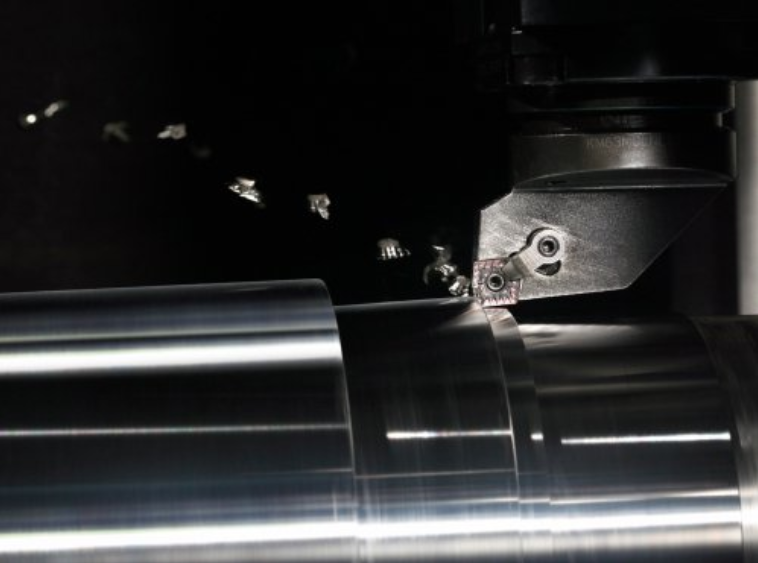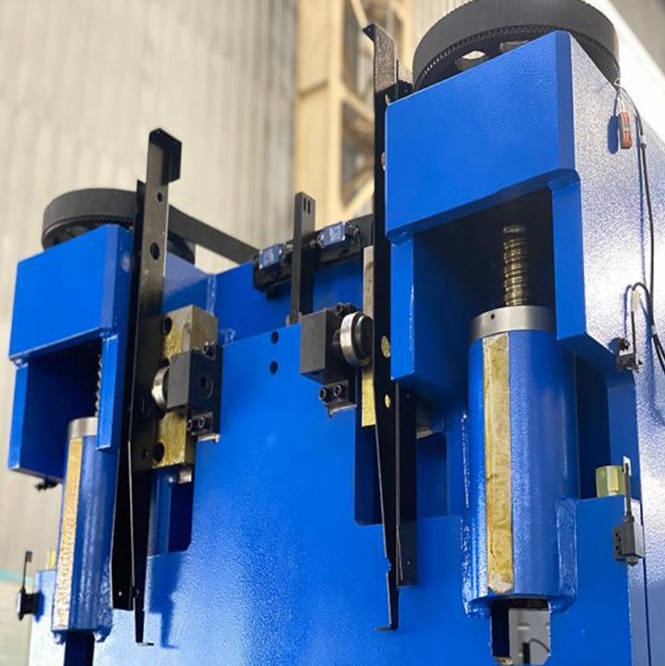servo press manufacturer China

As the crystallization of cutting-edge technology, servo presses are gradually occupying a place in the market with their excellent performance and outstanding energy-saving effects. This machine eliminates the complex components commonly found in traditional presses, such as heavy flywheels, bulky cylinders, powerful press motors and couplings, thus greatly simplifying the structure and improving the operating efficiency.
This machine has a variety of control modes, and users can flexibly combine them according to actual needs to meet the requirements of different processing tasks. In addition, the servo press also has a real-time monitoring function that can provide real-time feedback on the operating status of the machine, helping users to detect and solve problems in time to ensure the smooth running of the production process.
By using servo presses, companies can not only reduce the yield and damage rate of presses, improve production efficiency and product quality, but also achieve cost savings. The machine’s high efficiency, stability, and energy-saving characteristics make it an increasingly important part of modern industrial production.


The FAQ is regularly updated to reflect the latest information and to ensure that you have the most accurate details at your fingertips.
Thank you for choosing us, and we hope you find the answers you need!
- Why should I buy from your company not from other suppliers?
As a technology company, Pinjialing’s products have its own core technologies and patents. And has certain influence and popularity in the peer field. We have our own software engineering development department, expert engineering design department, precise production process, strict QC management and high-quality after-sales service.
- What are the advantages of servo presses in forging?
In addition to making it possible to form materials traditionally considered difficult to machine, our servo presses offer a number of other benefits, including higher forming accuracy, increased productivity, reduced noise, and improved energy savings.
- What is a Desktop Servo Riveting Machine?
Desktop Servo Riveting Machine are high-torque machines. They are able to produce the output pressing force with full energy at any point of an operation.
- What is the use of Servo Riveting Machine?
Guangdong Pinjialing Intelligent Technology Co. Ltd. is a professional servo press, precision coating and related equipment R & D and manufacturing as one of the modern technology-based enterprises. Our servo riveting machine is used to automatically set (press) rivets to join materials together. The riveting machine offers greater consistency, productivity and lower cost compared to manual riveting.
- What are the advantages of using a servo press machine?
The advantages of using a servo press machine include reduced production costs, increased productivity, improved product quality, and better energy efficiency.
- What is a Nano silver sintering machine?
Our nanosilver sintering machine is an efficient and environment-friendly nanomaterial preparation equipment product, which focuses on the sintering preparation of high quality nanosilver powder. The product adopts advanced microwave heating technology to effectively control the temperature field distribution and ensure uniform and stable sintering process. Equipped with a sophisticated vacuum system and exhaust gas treatment device to ensure that the sintering process is carried out in a dust-free, low-oxygen environment, thereby improving the purity and dispersion of nanosilver powder.
- Who are we?
Our headquarters is located in Guangdong, China, and sells to Southeast Asia, Eastern Europe, Western Europe, North America, Northern Europe, Central America, South America, East Asia, South Asia, Oceania, Southern Europe, Africa, and the Middle East.
- What safety precautions should I follow when operating a servo press machine?
When operating a servo press machine, it is important to follow all safety protocols, including wearing appropriate personal protective equipment, using safety guards and devices, and obtaining proper training on the machine’s operation. Additionally, only trained and authorized personnel should operate the machine.
- What is Motorcycle engine cradle servo press?
Manual auxiliary loading and unloading of the cradle, automatic loading of the bushing, automatic installation of the pivot tube rubber sleeve, and automatic pressure installation of the bushing.
The equipment mainly consists of: casting frame, automatic loading and unloading system, multi-station turntable, servo pressing system, human-computer interaction system, safety protection system and other parts.
- How do I select the right servo press machine for my application?
When selecting a servo press machine, it is important to consider factors such as the required forming force and stroke, the material to be formed, and the required production volume. Consult with a reputable supplier to ensure that the machine meets your needs and requirements.









